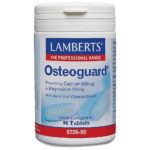

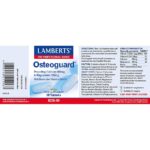

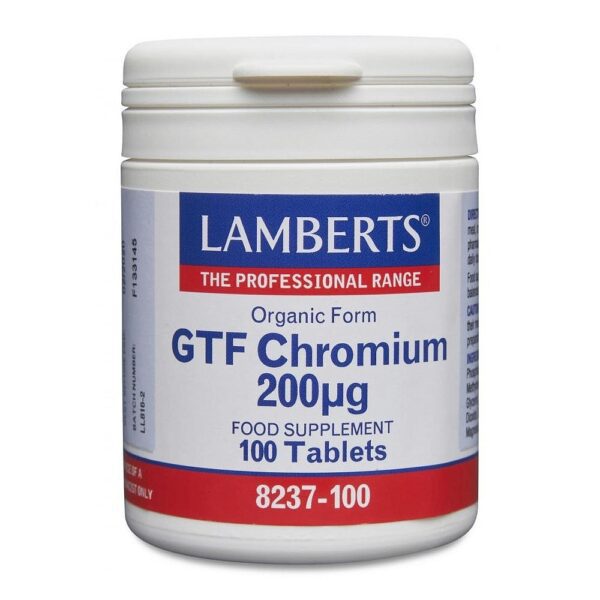
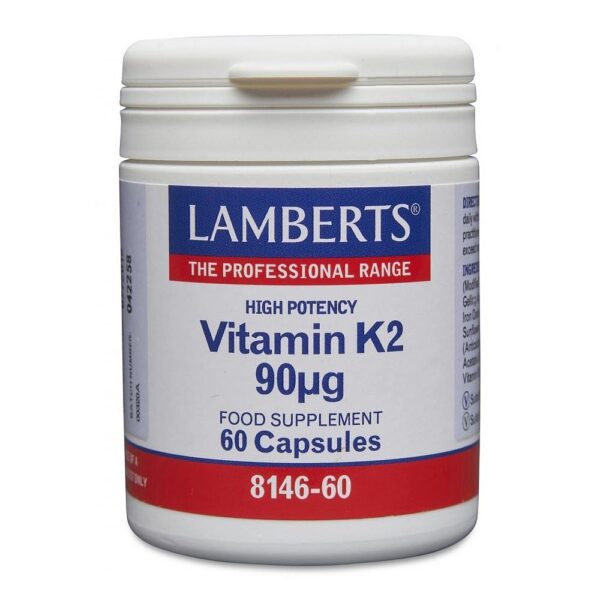
Osteoguard 90 Tablets Lamberts
£12.95 Original price was: £12.95.£10.36Current price is: £10.36.
Osteoguard
Lamberts Osteoguard is best choice for Osteoarthritis , Osteoarthritis (OA) is a common degenerative joint disease that affects the cartilage, which is the protective tissue covering the ends of bones in a joint. It is the most prevalent form of arthritis and tends to occur as people age. Osteoarthritis can affect any joint in the body but commonly impacts weight-bearing joints such as the knees, hips, and spine, as well as the hands.
Here are key points about osteoarthritis:
1. **Cartilage Degeneration:**
– Osteoarthritis is characterized by the gradual breakdown of cartilage, the flexible and smooth tissue that cushions the ends of bones in a joint. As the cartilage wears away, bones may begin to rub against each other, causing pain and stiffness.
2. **Joint Changes:**
– Over time, osteoarthritis can lead to changes in the structure of the affected joint. Bone spurs (osteophytes) may develop, and the synovium (the lining of the joint) may become inflamed.
3. **Symptoms:**
– Common symptoms of osteo-arthritis include joint pain, stiffness, tenderness, reduced flexibility, and a grating sensation during joint movement. Symptoms are often worse after periods of inactivity or excessive use of the joint.
4. **Risk Factors:**
– Several factors increase the risk of developing osteo-arthritis, including age, genetics, joint injuries, obesity, and certain occupations or activities that involve repetitive joint stress.
5. **Diagnosis:**
– Diagnosis is typically based on a combination of medical history, physical examination, and imaging studies such as X-rays or MRI scans. Blood tests are not usually necessary for diagnosing osteo-arthritis but may be done to rule out other forms of arthritis.
6. **Treatment Approaches:**
– Osteo-arthritis management focuses on relieving symptoms, improving joint function, and maintaining a good quality of life. Treatment approaches may include:
– **Medications:** Pain relievers, nonsteroidal anti-inflammatory drugs (NSAIDs), and in some cases, joint injections.
– **Physical Therapy:** Exercises to strengthen muscles around the affected joint and improve flexibility.
– **Weight Management:** Maintaining a healthy weight reduces stress on weight-bearing joints.
– **Assistive Devices:** Such as braces, canes, or orthotics to support joint function.
– **Lifestyle Changes:** Activity modification and joint protection strategies.
7. **Surgical Options:**
– In severe cases, when conservative measures are insufficient, surgical options may be considered, including joint replacement surgery.
8. **Disease Progression:**
– Osteo-arthritis is a chronic, progressive condition, and its course varies among individuals. While there is no cure, effective management strategies can help control symptoms and improve function.
9. **Prevention:**
– While osteo-arthritis cannot always be prevented, certain lifestyle modifications, such as maintaining a healthy weight, staying physically active, and avoiding joint injuries, can help reduce the risk.
It’s important for individuals experiencing joint pain or other symptoms to consult with a healthcare professional for an accurate diagnosis and appropriate management plan. An early diagnosis and proactive management can contribute to better outcomes for individuals with osteo-arthritis.



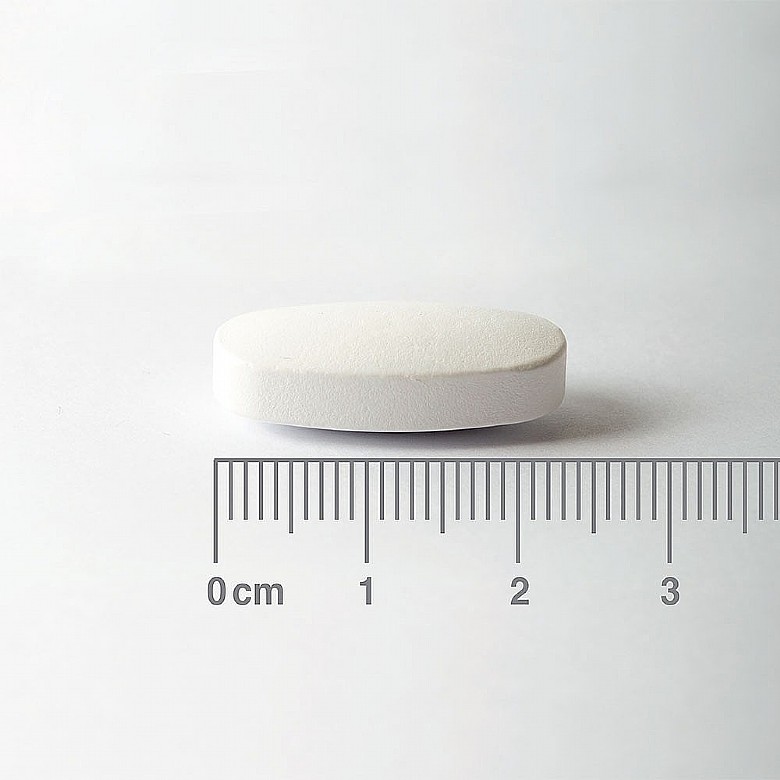
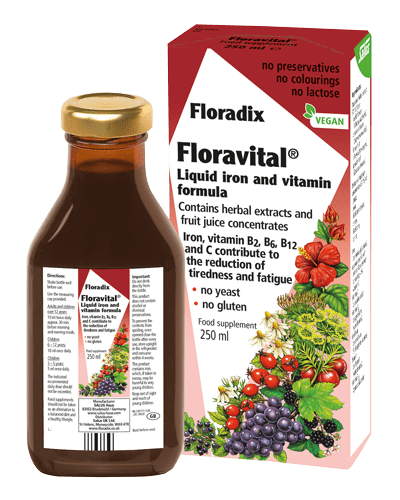
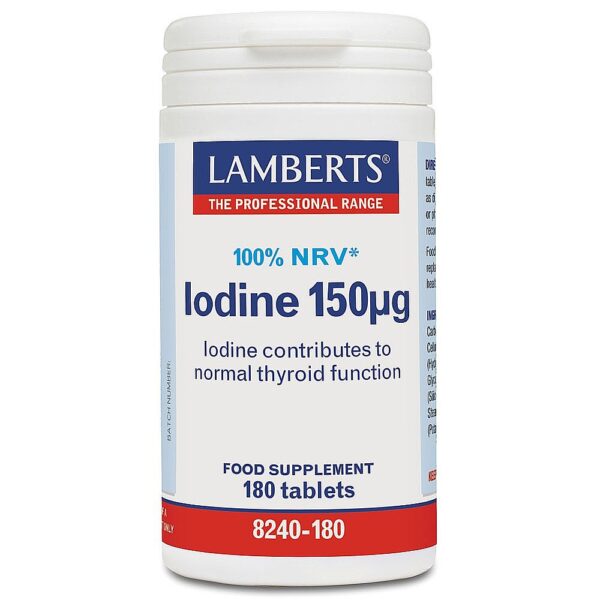
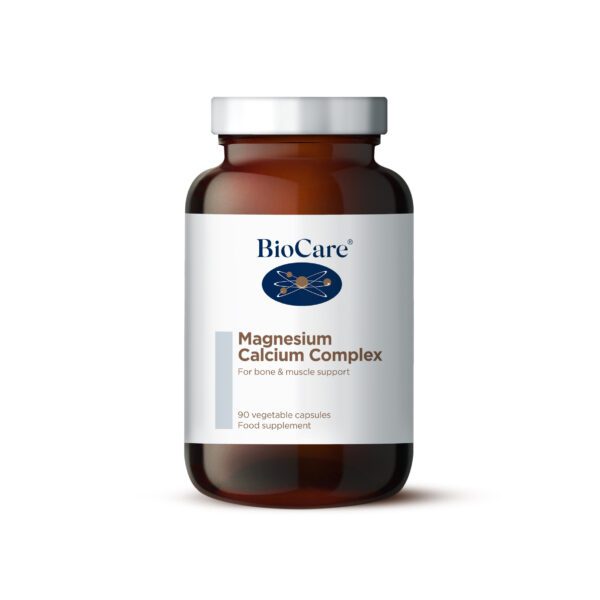
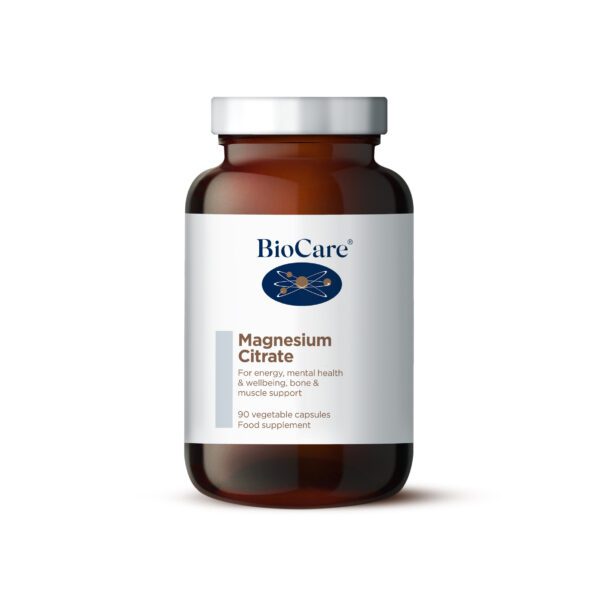
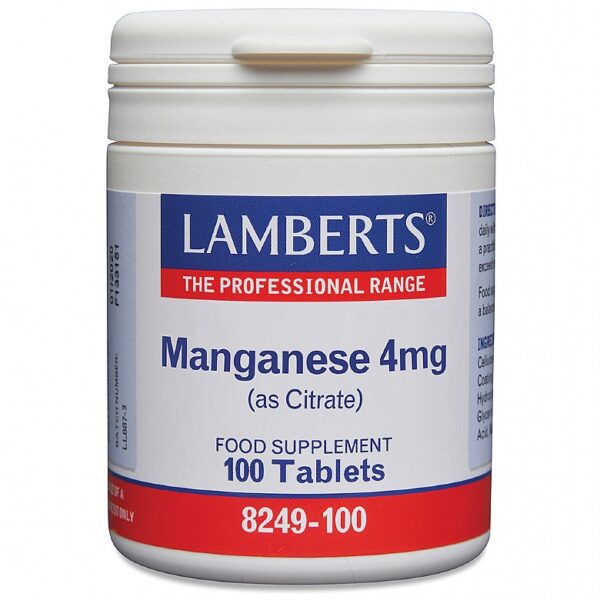
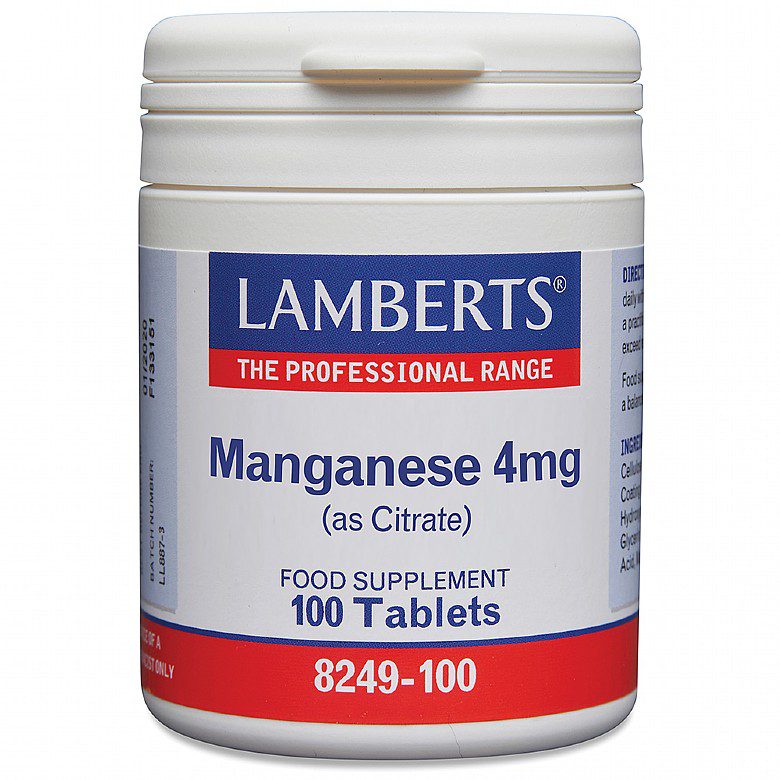
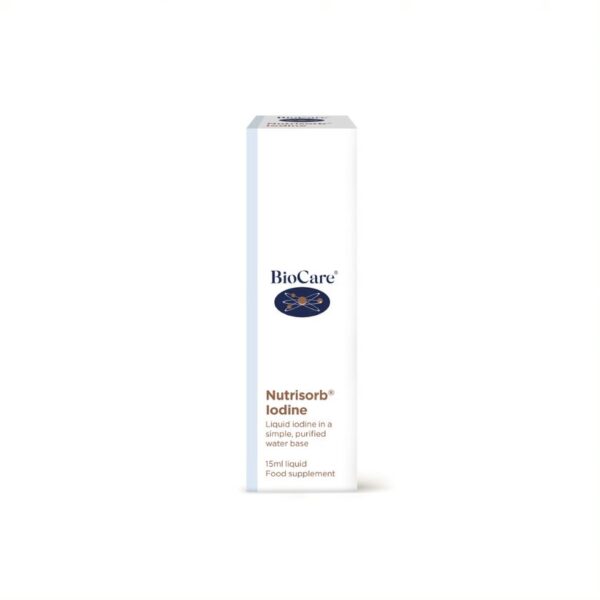
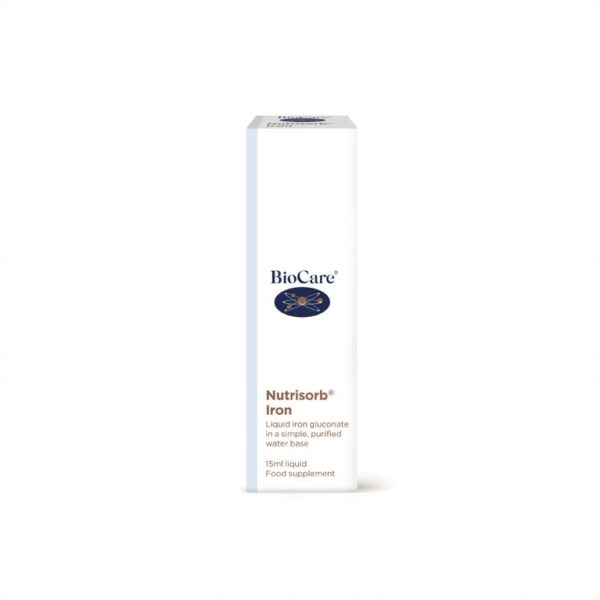

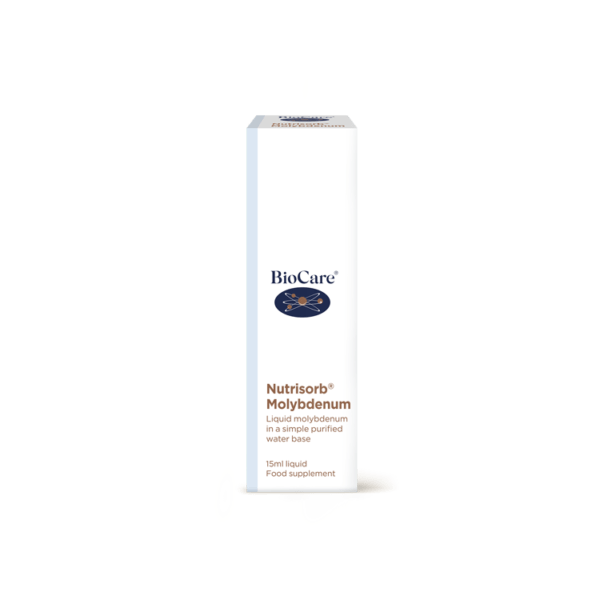
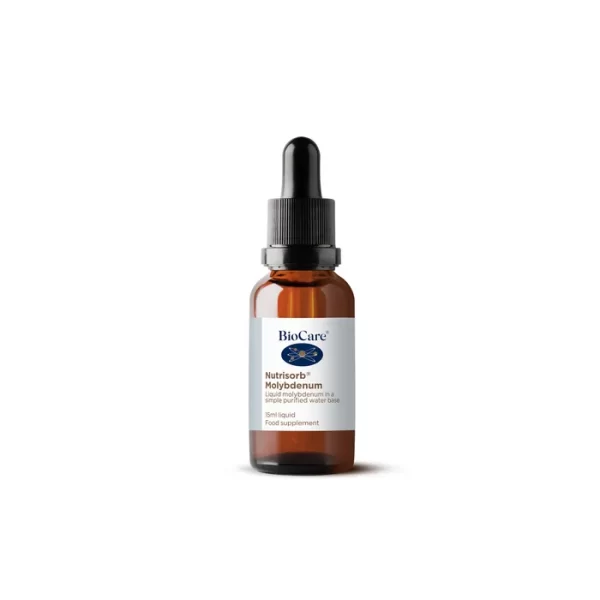




Reviews
There are no reviews yet.